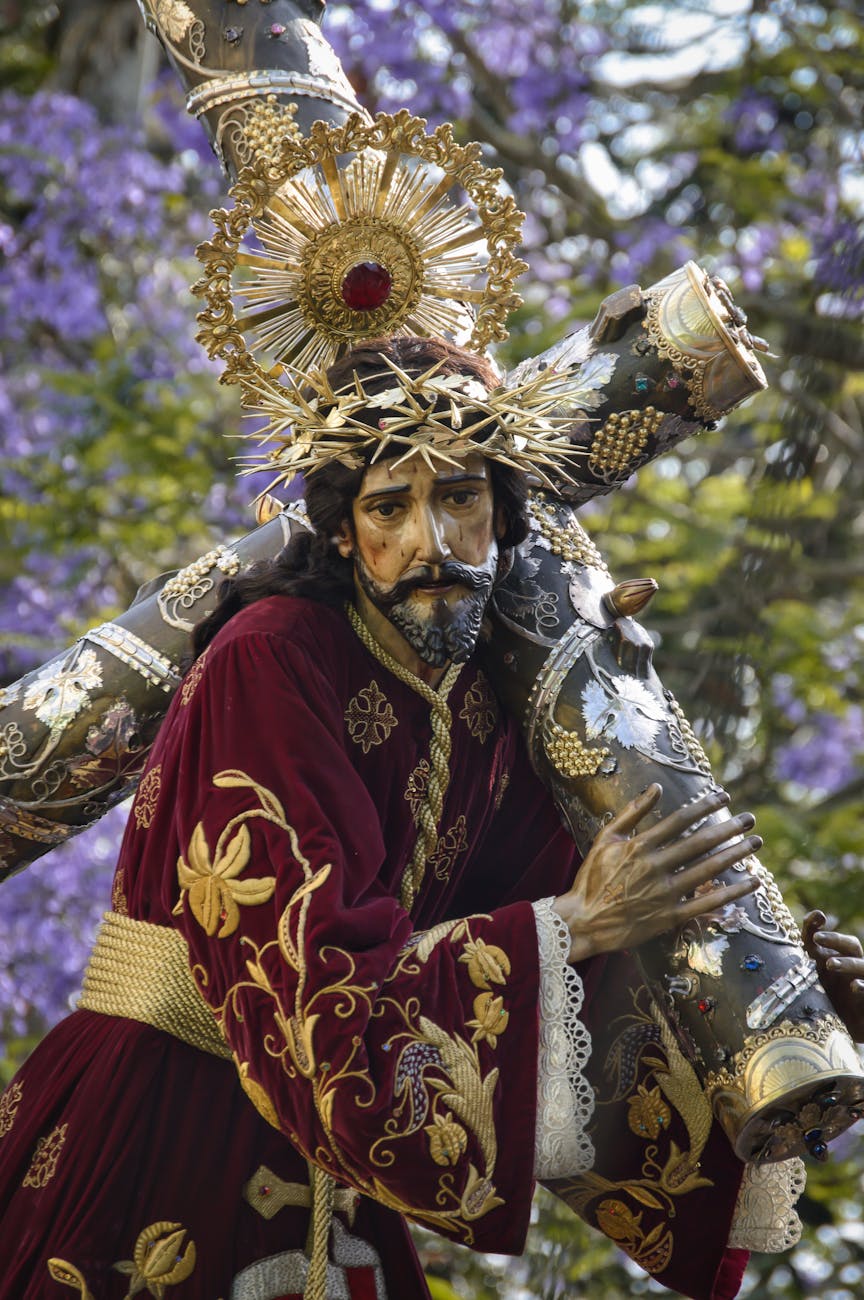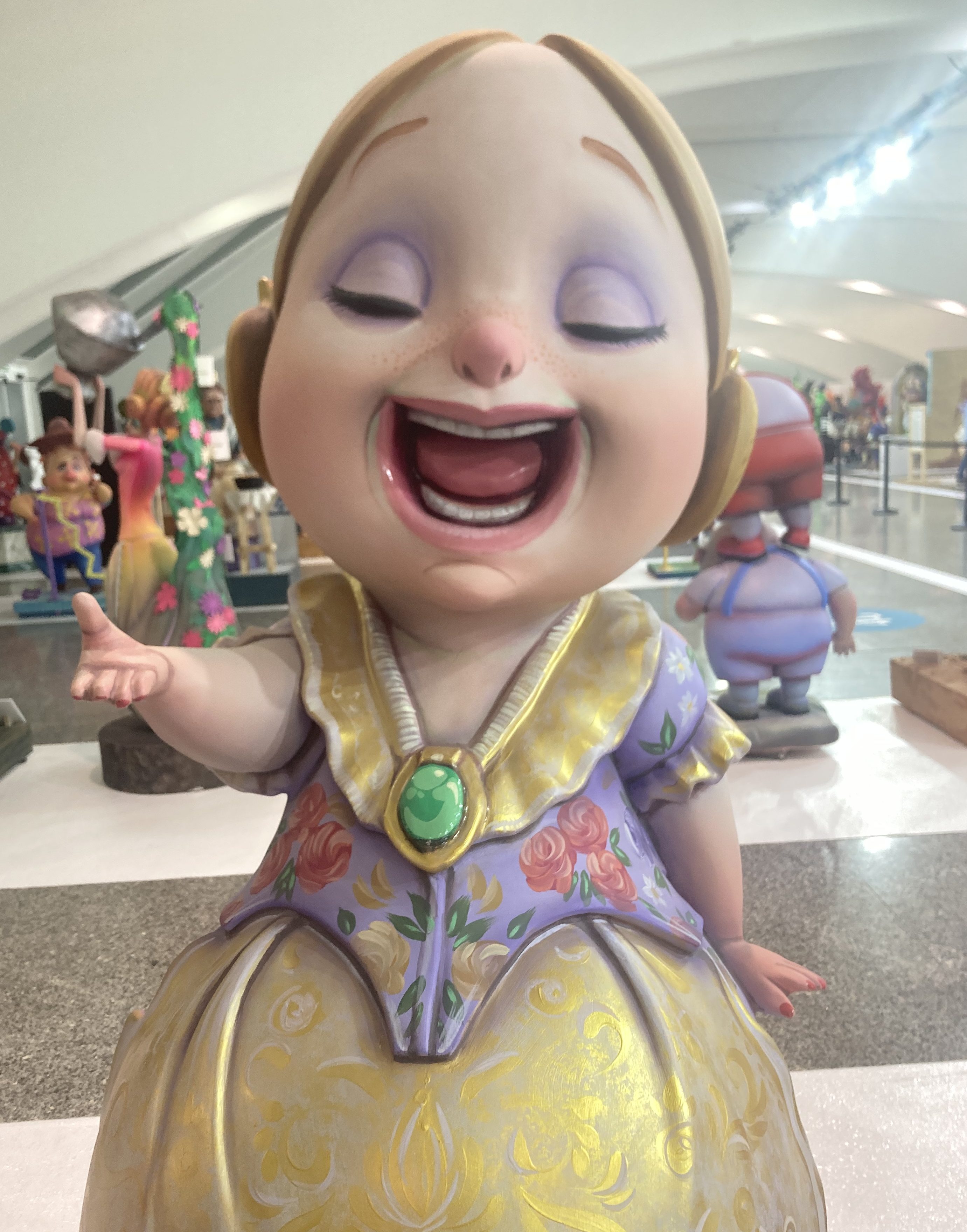While many Spanish cities celebrate Semana Santa (Holy Week) with processions and pageantry, Valencia’s version is uniquely rooted in its maritime soul. The neighborhoods of Cabanyal, Canyamelar, and El Grao form the heart of this celebration. Semana Santa processions recreate the passion, death, and resurrection of Jesus Christ. But it is also a time to honor the fishermen and sailors—especially those who have been lost at sea.
A Community-Centered Celebration
Dozens of processions unfold throughout the week. Some are small and intimate—just a few drummers and participants. Others feature grand floats, elaborately costumed biblical characters, and full marching bands. All are organized by religious brotherhoods (cofradías) connected to four historic churches in the maritime neighborhoods:
- Santa María del Mar
- Nuestra Señora del Rosario
- Cristo Redentor–San Rafael
- Nuestra Señora de los Ángeles
Palm Sunday: Entry into Jerusalem
Holy Week begins with Palm Sunday, commemorating Jesus’s arrival in Jerusalem. Residents dress as biblical figures and gather for the blessing of the palms. Afterward, processions wind through the narrow streets of the maritime neighborhoods.
Holy Thursday: Sacred Images
Also known as Maundy Thursday, this day marks the Last Supper. A unique Procession of the Drums visits all the sacred images used during the week. While many are housed in churches, some are displayed in the homes of brotherhood members, which are opened to the public. It’s a powerful tradition that brings the sacred into the heart of the community.
Good Friday: Procession to the Sea
On Good Friday morning, icons of Christ are carried to the beach amid prayers for those who lost their lives at sea. In the evening, neighborhoods come alive with dramatic processions: hooded penitents, enormous pasos (floats), and Roman centurions. Though the hoods may look ominous, they symbolize penance and mourning. Look closely and you’ll see characters from the Passion story—children as Jesus, Roman guards, even Claudia Procula, Pilate’s wife, recognized by her harp.
Easter Sunday: The Resurrection Parade
Easter Sunday is all joy. Hoods are removed, faces are revealed, and biblical characters parade with flowers, tossing petals to the crowd. The celebration begins the night before, with fireworks at midnight and the curious local tradition of smashing old plates and crockery from balconies.
A uniquely Valencian way to say: death is defeated, and life begins anew.
Experiencing Semana Santa Marinera
Head to one of the four churches in the maritime community. They are the centers of activity during Holy Week. Most processions start early in the morning with another round in the evenings.
- Full Schedule of Events (PDF)
- Download the Processiona App to track events: Android | iOS
More Resources
Photographer Chris Clunn has published a beautiful photo book capturing the spirit of Semana Santa Marinera, complete with explanations of key events. You can find it at La Batisfera, a beloved bookshop in Cabanyal.


